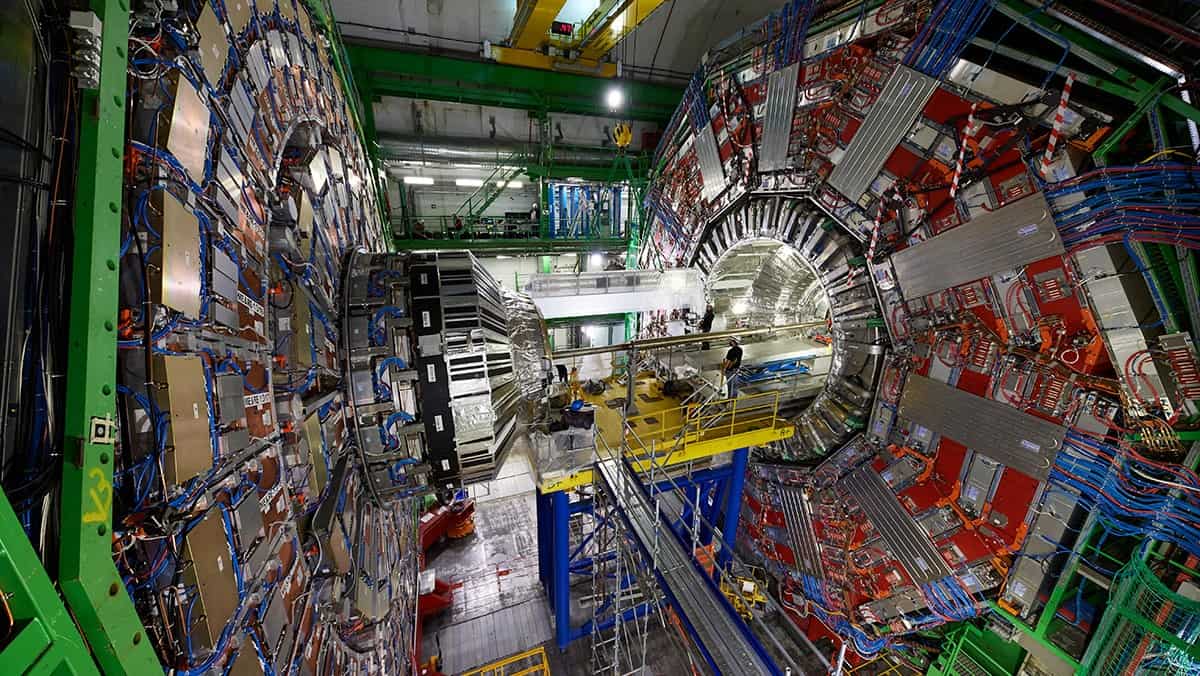Scientists from the CMS collaboration at CERN have measured the speed of sound in the quark-gluon plasmas with record precision, a key step to understanding how matter behaved in the very early Universe
Protons and neutrons in atomic nuclei are themselves made up of fundamental particles known as quarks. These quarks are held together by the strong interaction via force carriers called gluons.
When heavy atomic nuclei collide at high energies close to the speed of light, these constituent particles can break free from each other. The resulting substance, called a quark–gluon plasma, exhibits collective flowlike behaviour much like an everyday liquid. Unlike a normal viscous liquid however, these near-perfect fluids lose very little energy as they flow.
Researchers are very interested quark–gluon plasmas because they filled the entire Universe just after the Big Bang before matter as we know it was created.
The CMS Collaboration of scientists at CERN routinely create this state of matter for a very brief moment by colliding large nuclei with each other. In this paper, the researchers used sound waves as a way of understanding the plasma’s fundamental properties.
Sound is a longitudinal wave that produces compressions and rarefactions of matter in the same direction as its movement. The speed of these waves depends on the medium’s properties, such as its density and viscosity. It can, therefore, be used as a probe of the medium.
The team were able to show that the speed of sound in their quark–gluon plasma was nearly half the speed of light – a measurement they made with record precision compared to previous studies.
The results will help test our theories of the fundamental forces that hold matter together, allowing us to better understand matter in the very early Universe as well as future results at particle colliders.
